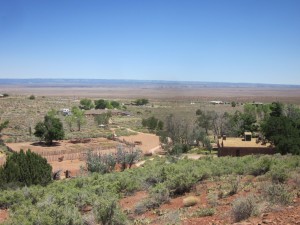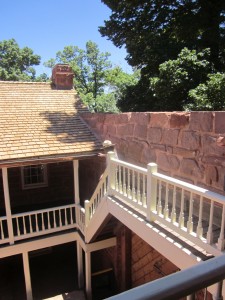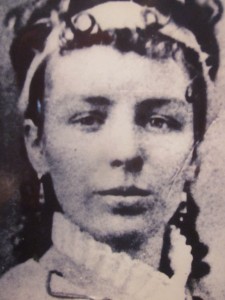A thirst for travel and a passion for history always open the door to new discoveries – like Pipe Spring National Monument in Arizona, USA. This unique property started as a Mormon Tithing Ranch in 1870 and became a telegraph office before achieving national monument status in 1923. It’s a perfect stop on your next RV adventure!
Disclosure: This post may contain affiliate links. If you buy something from one of our affiliates, we receive a small commission at no extra charge to you. Thanks for helping to keep our blog up and running!
Table of Contents
Discovering Pipe Spring National Monument
Travelling from St. George, Utah to the North Rim of the Grand Canyon, Arizona, we were looking for a place to pull over to make lunch when we saw a sign for Pipe Spring National Monument. Washrooms and maybe a picnic table – perfect! Although didn’t know anything about the site – and with hunger sated and a National Park Pass already in hand – we thought we’d pop in and have a quick look. Two hours later, we managed to pull ourselves away.
First a Mormon Tithing Ranch
Pipe Spring National Monument was established in 1923, but it started as a Mormon Tithing Ranch. Mormon pioneers in the 1870s often paid their tithes to the church with livestock – not cash. The Southern Utah Tithing Office often accepted cattle as tithes and the stock was sent to Pipe Spring.
In 1870, the Mormons began building a fortified ranch house at the site. Master stone masons Elijah and Elisha Averett and dozens of workers laboured for over a year and a half to build Winsor Castle, named after the first ranch manager not a mistake on the spelling of another famous castle.
The “castle” is made up of two separate two-storey buildings that face each other. Rock walls at either end enclose the courtyard and join the buildings together. Large wooden doors on either end are wide enough for a wagon to pull through. One building was the home of the ranch manager and the other offered extra bedrooms, cheese and butter-making rooms built over the spring, and a telegraph office.
If you enjoy discovering historic sites focused on pioneering life,
you might also enjoy reading Exploring Yosemite & Its Pioneer Past and Mountain Meadows.
Becoming a Telegraph Office
When the transcontinental telegraph went through Salt Lake City in 1861, Brigham Young was inspired to create a communication network owned by the Mormon Church. After 1864, Civil War-surplus telegraph materials were cheap. The Deseret Telegraph system was started in 1866.
Pipe Spring became a telegraph station in 1871. Sixteen-year-old Eliza Luella (Ella) Stewart was the first telegraph operator at Pipe Spring. From 1871 to 1888 at least seven women operated the telegraph instruments at the station.
Becoming Pipe Springs National Monument
The Mormon Church sold the property to a private owner in 1895. In 1920 the newly appointed Director of the National Park Service, Stephen Mather, passed by the spring on a road trip. Mather believed that one day Americans would explore the West in their own cars. He also believed that this site would be a perfect stop in between Zion and Grand Canyon. It took him three years of lobbying – and money from his own pocket to help buy the Pipe Spring property – before it was declared a national monument.
When You Go
- When you go to visit Pipe Spring, don’t miss walking the Ridge Trail. It’s a short climb up to the top of the low cliffs that overlook the monument. The views are spectacular.
- Pipe Spring National Monument is located 45 miles east of Hurricane, UT. Follow Arizona State Route 389 from Fredonia, Arizona. Pipe Spring is 15 miles west of Fredonia.
- For more information about Pipe Spring, visit the National Park Service website.





Leave a Reply